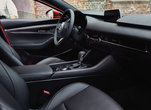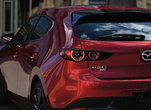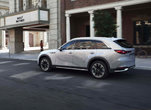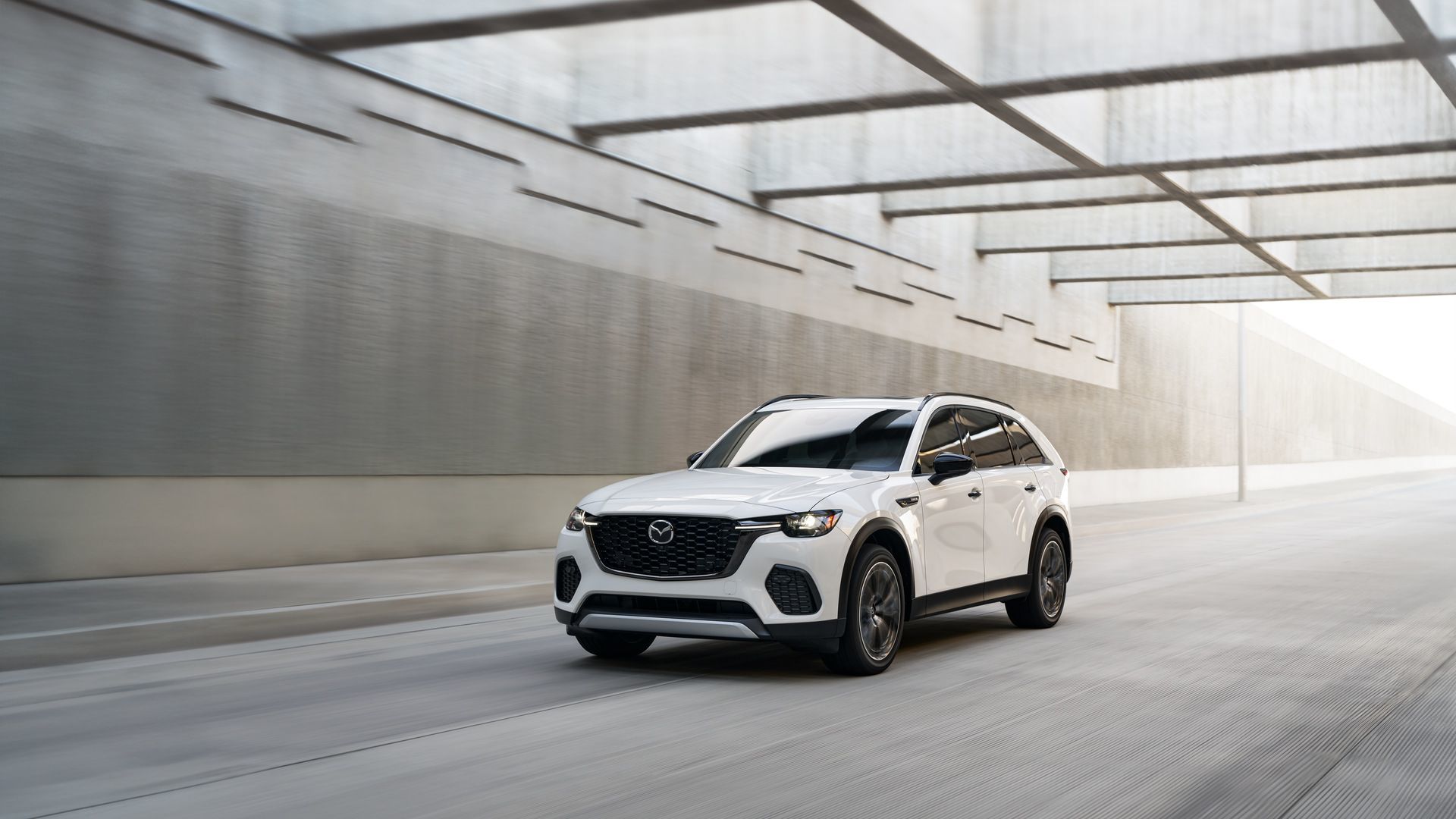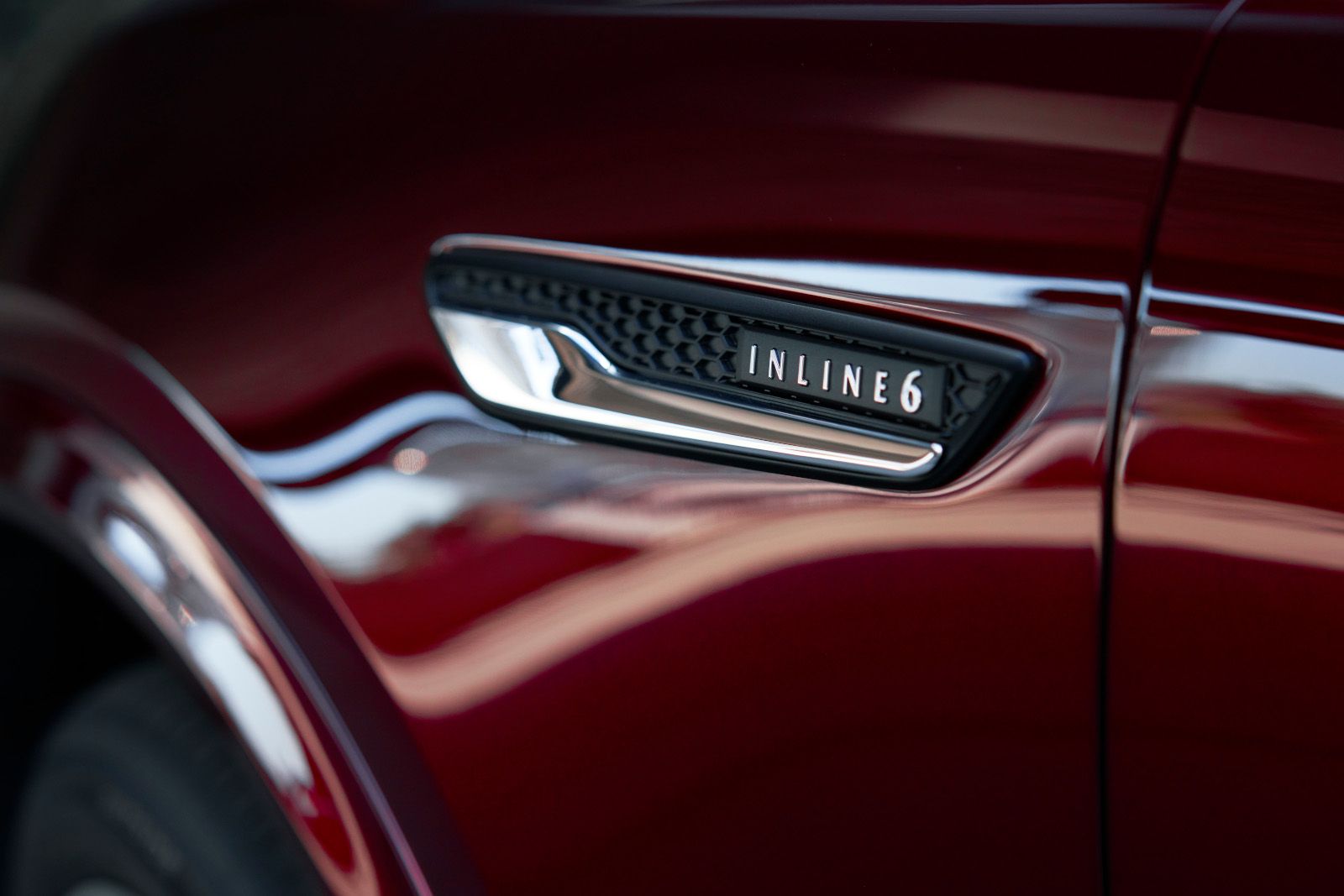The Inner Workings of Mazda's G-Vectoring Technology
July 28 2023,
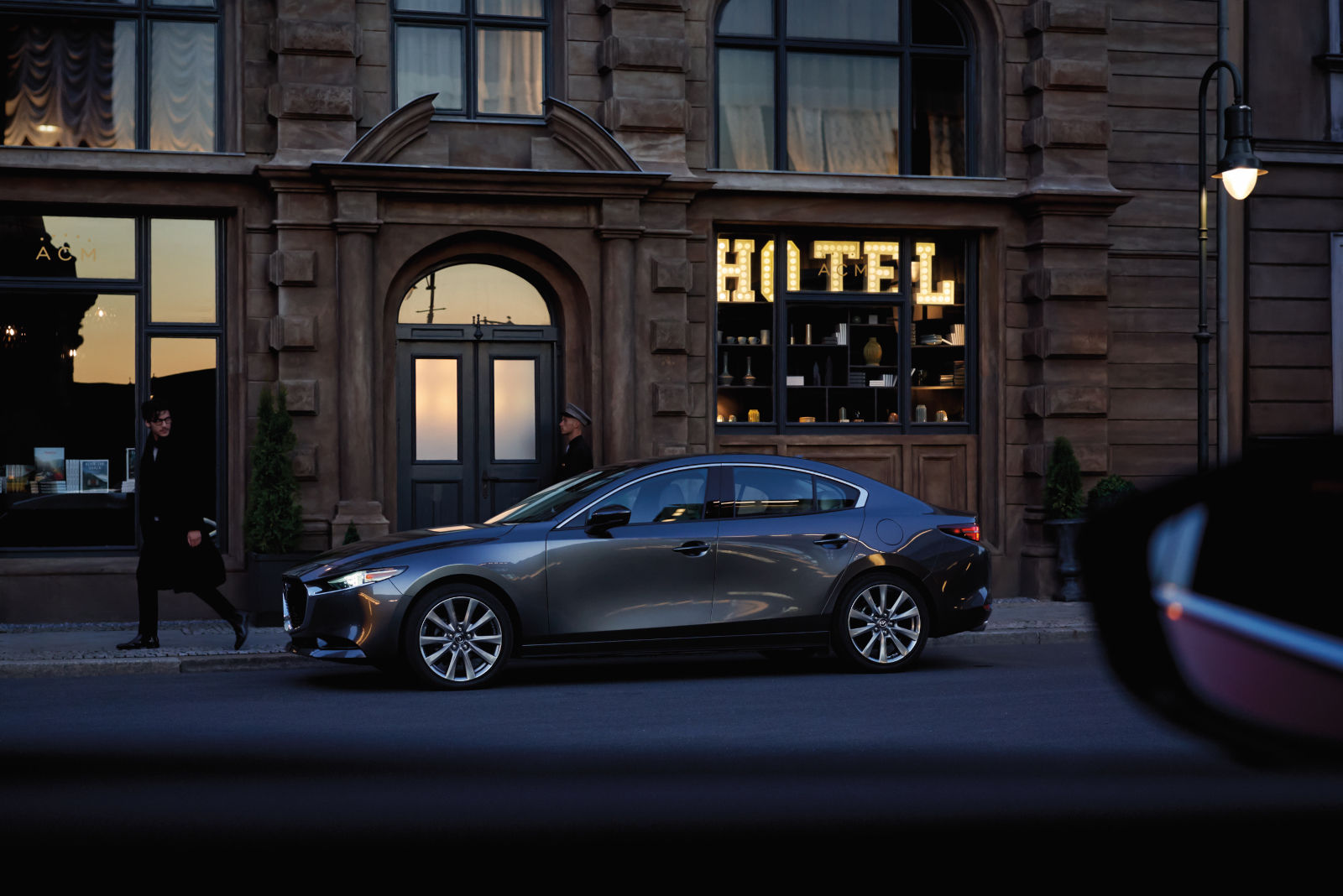
As vehicles continue to evolve, technology that enhances driver control and passenger comfort takes center stage. One such standout and captivating innovation is Mazda's G-Vectoring Control (GVC) technology. Intricate and effective, this technology has positioned Mazda at the forefront of driving dynamics and vehicular control, leading to improved handling, increased stability, and a more comfortable ride. But how does it work? Let's delve into the complexities and innovations of the Mazda G-Vectoring Control.
Understanding G-Vectoring Control
In its most basic sense, G-Vectoring Control is designed to provide smoother vehicle control, reducing the need for constant steering corrections and improving stability. Despite the term 'vectoring', which is often associated with adjusting power between wheels, GVC operates by subtly adjusting engine torque in response to steering input.
The Science Behind GVC
Mazda's GVC capitalizes on the physics of weight transfer during vehicle motion. When you drive, turning the steering wheel shifts the car's weight forward, increasing the downward force on the front tires and enhancing grip, which helps the vehicle respond more precisely to steering input.
When the steering wheel is turned, even slightly, the GVC system subtly reduces engine torque, shifting more weight onto the front wheels and thereby improving steering response. The amount of torque reduction is controlled meticulously, not to slow the vehicle down, but to shift just enough weight to increase tire grip.
When the steering wheel returns to the center position, indicating the exit of the turn, the system restores the engine torque, shifting the weight back to provide a more balanced and stable vehicle behavior. This ensures the car's trajectory remains smooth and straight, reducing the need for continuous minor steering corrections.
The Driver and Passenger Experience
All these complex adjustments might sound overwhelming, but from the driver's perspective, Mazda's GVC works seamlessly and subtly in the background. The result is a smoother, more controlled driving experience with fewer steering inputs needed, and an increased feeling of stability, especially on challenging road conditions or during high-speed driving.
Passengers also benefit significantly from GVC technology. The improved vehicle stability leads to smoother, more linear vehicle behavior, reducing the lateral and longitudinal movement passengers may experience during driving. This lessens the chances of motion sickness and contributes to a more comfortable ride.
The Future of Mazda's G-Vectoring Control
Mazda continues to refine and enhance its GVC technology. The newer generation, known as GVC Plus, incorporates braking into the mix. As the steering wheel returns to its center position post-turn, the system applies a light braking force to the outer wheels, creating a moment that helps to restore the vehicle to straight-line stability. This builds on the benefits of the original GVC system, further improving vehicle stability and control.
Mazda's G-Vectoring Control represents an elegant and sophisticated piece of engineering that enhances driving comfort and control. It's an excellent example of how automakers can leverage technology to improve the fundamental experience of driving, in a way that's transparent to the driver yet contributes greatly to the overall experience.



